
UNESCO World Heritage Site Tour Guide in Japan
Japan is home to numerous UNESCO World Heritage Sites, each offering a glimpse into the country’s rich cultural heritage and natural beauty. These sites, ranging from ancient temples and historic castles to scenic landscapes, embody Japan’s historical significance and reverence for nature. Visiting these sites not only allows travelers to appreciate Japan’s architectural and spiritual history but also showcases the country’s dedication to preserving these treasures for future generations.
This guide highlights some of Japan’s most renowned UNESCO World Heritage Sites, offering essential information, historical context, and tips for making the most of your visit. From the serene temples of Kyoto to the stunning landscapes of Shirakawa-go, each destination promises an unforgettable experience.
Contents
1. Historic Monuments of Ancient Kyoto
2. Shrines and Temples of Nikko
3. Hiroshima Peace Memorial (Genbaku Dome)
1. Historic Monuments of Ancient Kyoto
The ancient city of Kyoto is home to a remarkable collection of historic temples, shrines, and gardens, many of which are UNESCO World Heritage Sites. Known as the heart of Japan’s cultural heritage, Kyoto boasts structures like the Kiyomizu-dera Temple, famous for its wooden stage offering breathtaking views, and Kinkaku-ji, the Golden Pavilion, which is covered in gold leaf and reflects beautifully in its surrounding pond. Visiting these sites gives insight into Japan’s religious history and architectural ingenuity, making Kyoto a must-visit destination for any heritage tour in Japan.
Another notable site is Ryoan-ji Temple, which houses Japan’s most famous rock garden. The garden’s minimalist design, with carefully placed rocks amidst raked white gravel, embodies Zen philosophy and has inspired countless artists and thinkers. Kyoto’s many historic sites reflect the city’s longstanding status as Japan’s former capital and center of cultural and religious life. Exploring Kyoto’s UNESCO sites can easily take several days, allowing visitors to immerse themselves fully in the city’s serene atmosphere and historical depth.
2. Shrines and Temples of Nikko
Nikko, located in Tochigi Prefecture, is a UNESCO World Heritage Site known for its exquisite shrines and temples surrounded by dense forests. The most famous site here is the Tosho-gu Shrine, a lavishly decorated mausoleum for Tokugawa Ieyasu, the founder of the Tokugawa shogunate. The shrine complex features intricately carved woodwork, gold-leaf embellishments, and the iconic “see no evil, speak no evil, hear no evil” monkey carvings. Combined with the natural beauty of the Nikko National Park, these sites offer a serene and spiritually uplifting experience for visitors.
The shrines and temples of Nikko are surrounded by cedar forests, enhancing their mystical appeal. Futarasan Shrine, another UNESCO site, is dedicated to the deities of Nikko’s sacred mountains. The combination of man-made beauty and natural serenity makes Nikko a cherished destination for those seeking spiritual renewal. Visiting Nikko is ideal in the autumn, when the surrounding mountains are ablaze with fall colors, creating a stunning backdrop for the temple and shrine structures.
3. Hiroshima Peace Memorial (Genbaku Dome)
The Hiroshima Peace Memorial, commonly known as the Genbaku Dome, stands as a solemn reminder of the atomic bombing in 1945. Preserved in its original condition, the dome is surrounded by the Hiroshima Peace Memorial Park, which includes the Hiroshima Peace Memorial Museum, offering detailed exhibitions on the impact of the bombing and a call for world peace. Visiting this UNESCO site is a deeply moving experience, reminding us of the importance of peace and the resilience of Hiroshima’s people.
The Peace Memorial Park itself is a beautifully landscaped area with several monuments dedicated to the victims of the bombing, including the Children’s Peace Monument and the Flame of Peace. The annual memorial ceremony on August 6 draws visitors from around the world who come to pay their respects and pray for a future without nuclear weapons. The Genbaku Dome and its surrounding park serve as powerful reminders of the devastating impact of war and the enduring hope for global harmony.
4. Himeji Castle
Himeji Castle, a UNESCO World Heritage Site since 1993, is one of Japan’s most iconic and best-preserved castles. Also known as the “White Heron Castle” due to its brilliant white walls, Himeji Castle showcases Japan’s sophisticated feudal-era architecture and defensive design. The castle complex is expansive, with labyrinthine pathways and steep walls designed to deter invaders. The main keep offers panoramic views of the surrounding area and highlights the beauty and strength of traditional Japanese castle design, making it a fascinating stop on any cultural tour of Japan.
Himeji Castle has survived wars, fires, and even earthquakes, a testament to its resilient construction. Visitors can explore the interior rooms and climb up to the highest floors for views of the surrounding city and gardens. Seasonal changes bring added beauty, with cherry blossoms blooming in spring and autumn leaves creating a striking contrast to the castle’s white facade. Guided tours provide insight into the castle’s history, including details about the samurai who once inhabited it.
5. Historic Villages of Shirakawa-go and Gokayama
The villages of Shirakawa-go and Gokayama, nestled in the mountainous regions of Gifu and Toyama Prefectures, are UNESCO World Heritage Sites famous for their traditional gassho-zukuri farmhouses. These houses feature steep thatched roofs designed to withstand heavy snowfall, and the unique architecture has remained largely unchanged for centuries. Visitors can explore these picturesque villages, learn about traditional Japanese farming practices, and even stay overnight in some of the farmhouses, immersing themselves in the rural culture of Japan.
Each season brings a different experience in Shirakawa-go and Gokayama. Winter covers the villages in snow, creating a magical winter wonderland, while spring and summer bring lush greenery. Staying in a gassho-zukuri farmhouse offers visitors the rare chance to experience traditional rural Japanese life, including local cuisine and cultural practices. A guided tour of the region will introduce travelers to the history and significance of this architectural style, which is unique to Japan and reflects a harmonious relationship with nature.
6. Yakushima Island
Yakushima Island, located in Kagoshima Prefecture, is a natural UNESCO World Heritage Site known for its ancient cedar trees, some of which are over 1,000 years old. The island’s lush, temperate rainforest is home to diverse flora and fauna, including the Yakushima monkey and Yakushima deer. The island’s natural beauty and biodiversity have inspired countless artists, and the landscapes are said to have influenced the animated film Princess Mononoke. Hiking trails allow visitors to explore this otherworldly ecosystem, making Yakushima a prime destination for nature lovers and adventure seekers.
One of the most famous trees on the island is Jomon Sugi, estimated to be over 2,000 years old. Reaching this ancient tree requires a challenging hike, but the experience is highly rewarding. The island’s unique climate, receiving rainfall nearly every day, creates an atmosphere that is mystical and otherworldly. Guided tours help visitors understand the ecological significance of Yakushima and offer insights into conservation efforts to protect its unique environment.
7. Conclusion: Embracing Japan's Heritage
Japan’s UNESCO World Heritage Sites offer a rich tapestry of cultural and natural wonders. Whether you’re exploring Kyoto’s temples, reflecting on peace in Hiroshima, or hiking through the ancient forests of Yakushima, each site presents a unique perspective on Japan’s history, spirituality, and commitment to preservation. Visiting these sites allows travelers to connect deeply with Japan’s past and experience the beauty and resilience that define its heritage.
These sites also emphasize the importance of sustainable tourism and the efforts Japan has made to preserve its cultural and natural treasures. From architectural marvels to natural sanctuaries, Japan’s UNESCO sites represent a harmonious blend of history, spirituality, and nature, inviting all who visit to appreciate and respect the legacy of this remarkable country.
Share
You may also like
-

Visiting Japan’s Love Hotel Districts: What to Expect
Japan’s love hotel districts are famous for their unique and fascinating blend of privacy, creativity, and a touch of...
-

Top 10 Late-Night Dining Spots in Tokyo’s 24-Hour Cafes
Tokyo’s vibrant nightlife extends well beyond bars and nightclubs, with a thriving late-night dining culture tha...
-
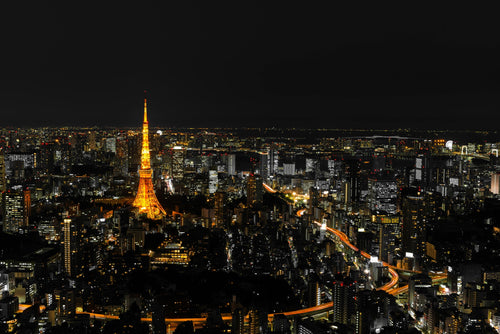
Best Night Tours in Tokyo for After-Dark Adventures
Tokyo’s nightlife is renowned for its energy, vibrancy, and unique blend of traditional and modern experiences. From ...
-
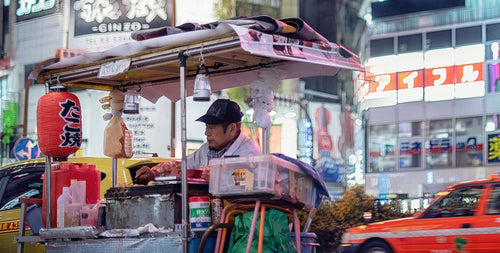
Japan’s Late-Night Food Culture: 8 Best Street Eats
Japan’s late-night food culture is a vibrant experience, especially in bustling cities like Tokyo and Osaka, where de...
-

7 Rooftop Bars in Tokyo for Stunning Views
Tokyo’s rooftop bars offer some of the best ways to soak in the city’s skyline while enjoying drinks, atmosphere, and...
-

10 Best Nightclubs in Tokyo for Dancing and Music Lovers
Tokyo's nightlife is renowned for its variety and energy, with nightclubs that range from high-energy dance floors to...
-

8 Themed Bars and Cafes You Need to Visit in Tokyo
Tokyo is famous for its creative and quirky themed bars and cafes, offering immersive experiences for locals and...
-

Tokyo Nightlife Guide: Shinjuku, Shibuya, and Roppongi Highlights
Tokyo’s nightlife is legendary, offering a mix of vibrant energy, entertainment, and unique experiences in some of it...
-
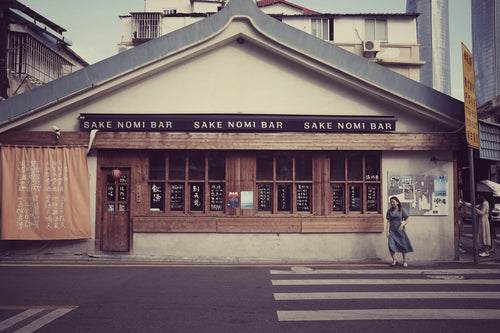
7 Best Japanese Sake Bars in Tokyo
Tokyo is home to some of Japan’s best sake bars, offering both locals and visitors an opportunity to explore the...
-
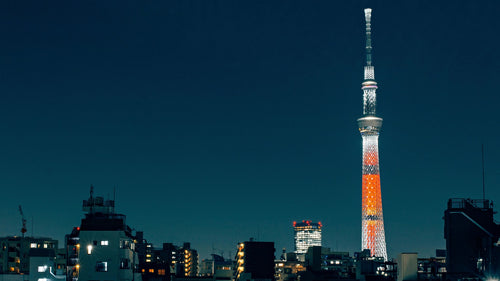
Top 6 Observation Decks in Tokyo for Scenic Views
Tokyo’s observation decks offer some of the best panoramic views of the city, giving visitors a chance to see th...
-
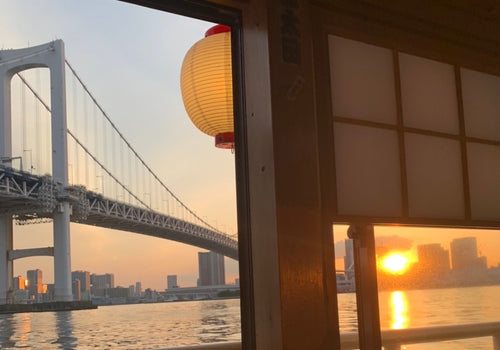
Night Cruises in Tokyo: Enjoy the City Views
Tokyo’s skyline is mesmerizing at any time, but experiencing it from the water on a night cruise adds a magical ...
-
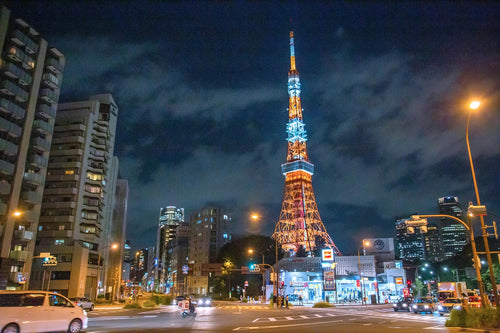
Roppongi Art and Nightlife Guide
Roppongi is one of Tokyo’s most vibrant districts, known for its lively nightlife, sophisticated art scene, and ...
-
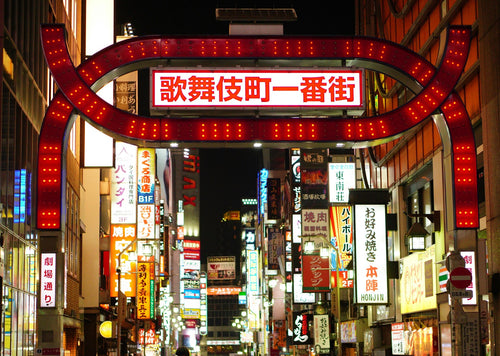
Nightlife Guide to Shinjuku Kabukicho
Shinjuku’s Kabukicho district, known as Tokyo’s “Sleepless Town,” is the center of nightlife in Tokyo. Renowned ...
-
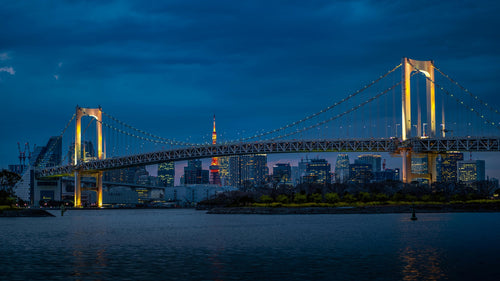
6 Best Night View Spots in Tokyo
Tokyo at night is a breathtaking spectacle, with illuminated skyscrapers, iconic landmarks, and bustling streets that...
-
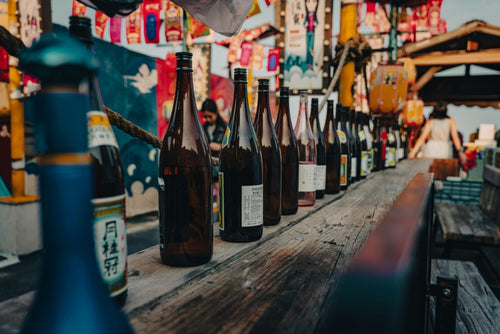
Top 12 Sake Breweries in Japan for Tasting and Tours
Japan’s sake culture is celebrated around the world for its depth, complexity, and rich history. Sake, or nihons...
-
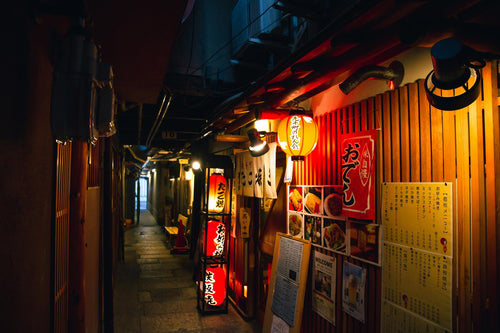
How to Enjoy a Night at a Japanese Izakaya
Japanese izakayas are casual, lively spots where locals gather after work to enjoy drinks, share small plates, a...
-

Exploring Karaoke Culture in Japan: 8 Best Places to Sing
Karaoke is an integral part of Japanese culture, offering a fun and entertaining way for friends, family, and even co...
-
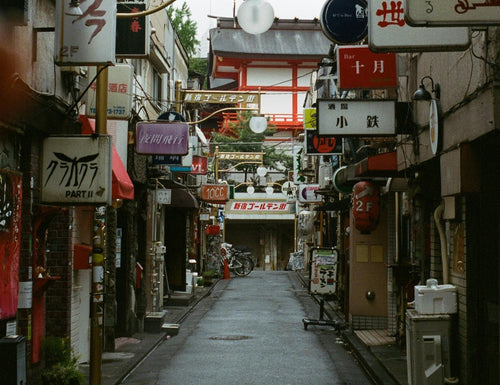
5 recommended bars in Golden Gai
Golden Gai, nestled in the heart of Tokyo’s Shinjuku district, is one of the city’s most iconic bar districts. Known ...
-
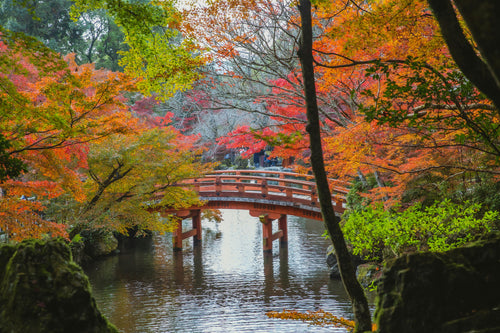
10 Japanese Gardens You Should Visit for Tranquility
Japanese gardens are renowned for their beauty, tranquility, and intricate designs that reflect harmony with nature. ...
-
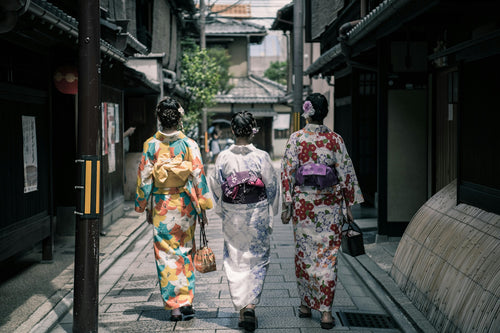
Japan’s Kimono Heritage: Symbolism, Style, and Where to See
The kimono, Japan’s traditional garment, is a beautiful and symbolic representation of Japanese culture. From its int...
-

Etiquette Essentials for Visitors to Japan
Japan’s culture is rich in respect, politeness, and consideration, making etiquette an essential part of daily l...
-

7 Best Places to Discover Japan’s Samurai History
Japan’s samurai history is one of honor, skill, and deep cultural influence, stretching back centuries and leaving an...
-
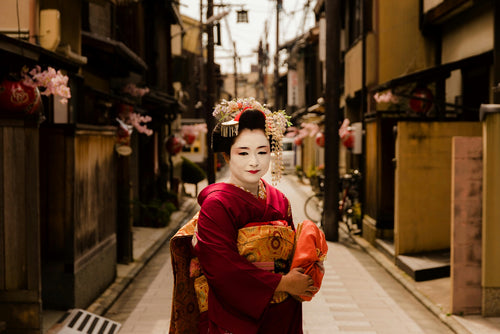
Geisha Culture in Japan: Myths and Realities
The world of geisha, Japan’s skilled performers and keepers of traditional arts, has long intrigued people around th...
-
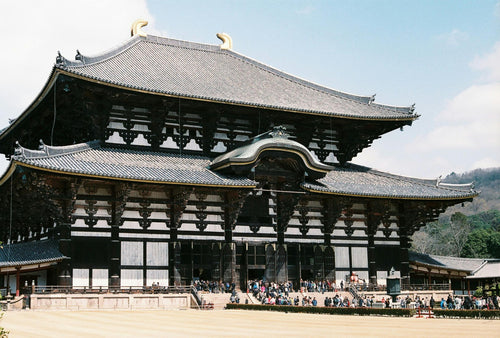
Japan’s Unique Architecture: Top 8 Traditional and Modern Landmarks
Japan is renowned for its unique blend of ancient architectural heritage and cutting-edge modern designs. From c...
-
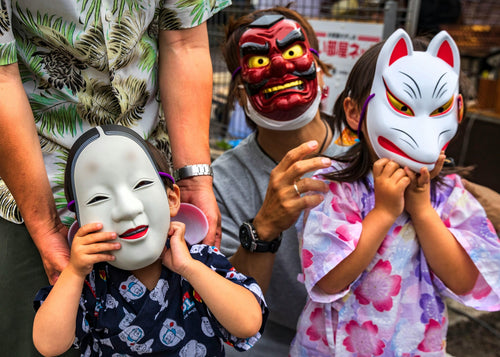
10 Traditional Japanese Festivals (Matsuri) You Can’t Miss
Japanese festivals, or *matsuri*, are vibrant celebrations of cultural heritage, featuring elaborate costumes, l...
-
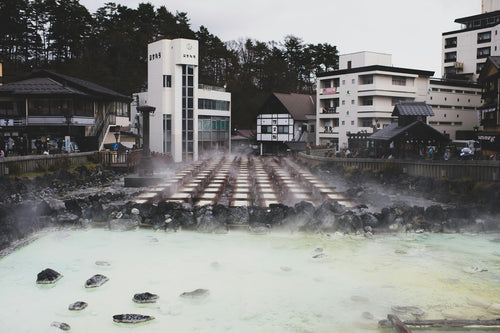
Japan’s Three Great Onsen: A Guide to Famous Hot Springs
Japan is famous for its natural hot springs, or *onsen* (温泉), offering visitors a unique opportunity to relax and rej...
-
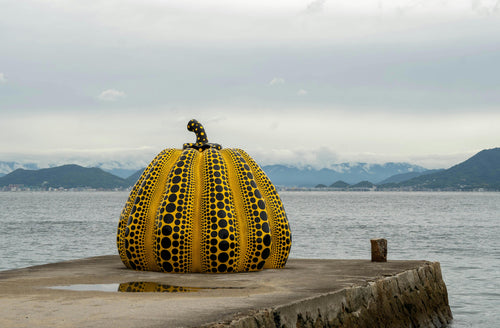
Japanese Art Exploration: Best Spots to Enjoy Art in Japan
Japan is a country rich in artistic heritage, from centuries-old traditional crafts to modern, innovative instal...
-

Guide to Japan’s Fireworks Festivals: When and Where to Go
Japan’s summer fireworks festivals, known as "hanabi taikai" (花火大会), are among the most anticipated events in th...
-
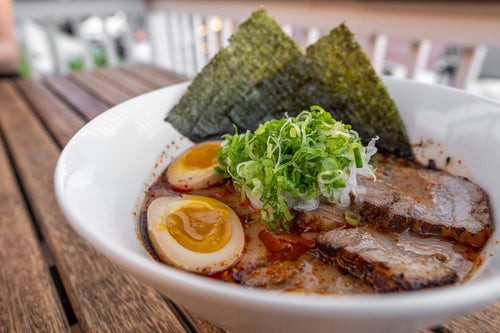
Where to Experience Ramen-Making Classes in Japan
Ramen is one of Japan’s most beloved dishes, with countless regional styles and flavors that attract food lovers from...
-
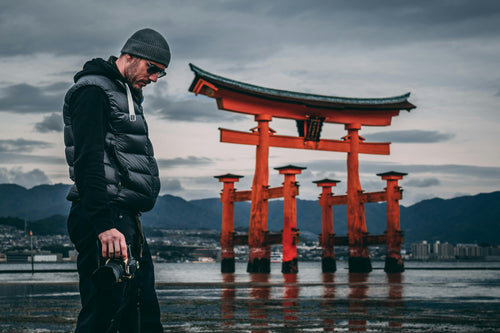
Power Spot Tours: Japan’s Famous Temples and Shrines
Japan is a land steeped in spiritual history, and visiting its temples and shrines provides not only a glimpse i...
-
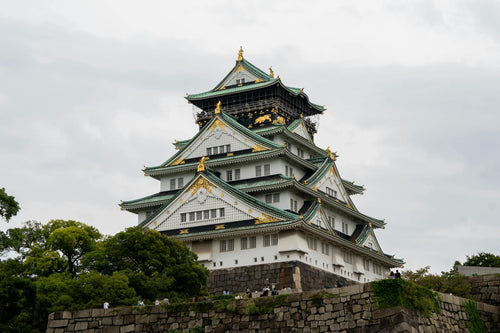
5 Famous Japanese Castles: History and Highlights
Japan is home to some of the most beautiful and historically significant castles in the world. Built during the feuda...
-

10 Unique Drinks to Try from Japanese Vending Machines
Japan is famous for its vending machines, offering an incredible variety of drinks that go beyond just soft drinks an...
-
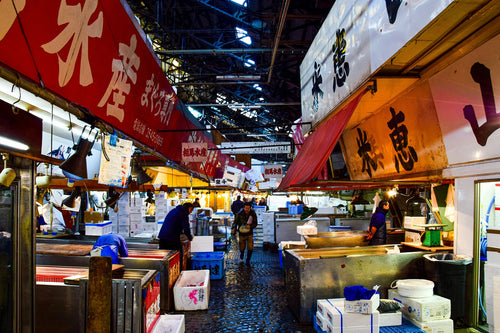
Tokyo Market Guide: Exploring Tsukiji and Toyosu Markets
Tokyo's Tsukiji and Toyosu Markets are must-visit spots for food lovers and anyone interested in Japan’s rich culinar...
-

Experiencing Traditional Tea Ceremony in Tokyo
The Japanese tea ceremony, or "chanoyu," is a cultural experience steeped in tradition, aesthetics, and mindfulness....
-
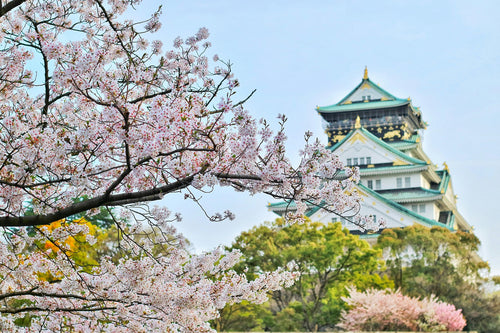
Top 7 Cherry Blossom Viewing Locations in Tokyo
Springtime in Tokyo is synonymous with the cherry blossom season, a breathtaking period when the city’s parks, rivers...
-
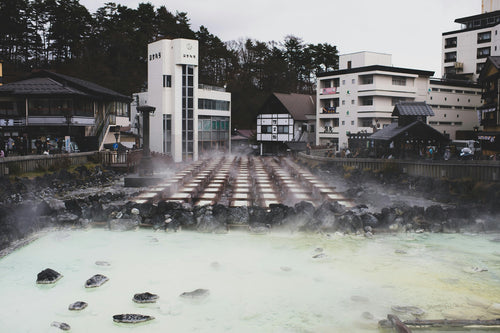
What is Onsen? A Guide to History, Benefits, and Etiquette
Onsen, Japan’s cherished hot spring culture, offers a unique blend of relaxation, scenic beauty, and deep-rooted trad...
-
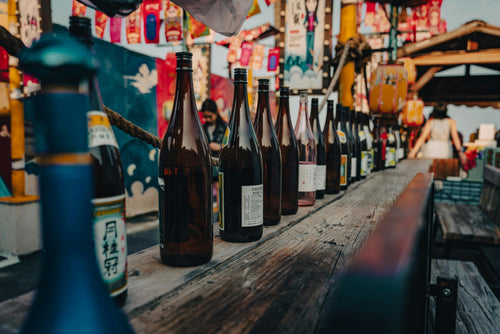
What is Sake? Its Production Method and History
Sake is a traditional Japanese alcoholic beverage made from fermented rice. It has been enjoyed in Japan for over a t...
-
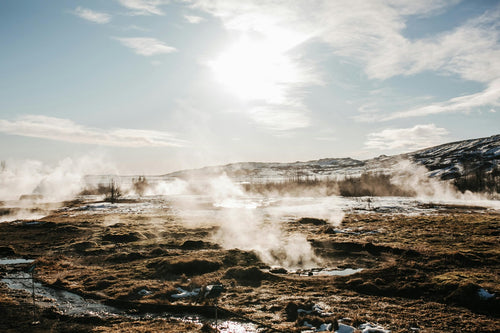
8 hot springs with beautiful scenery near Tokyo
Tokyo is a bustling metropolis, but just outside the city are some of Japan's most serene hot springs, or onsens, off...
-

Top 10 museum to visit in Tokyo
Tokyo is home to a diverse range of museums that cater to all interests, from art and history to technology and pop c...
-
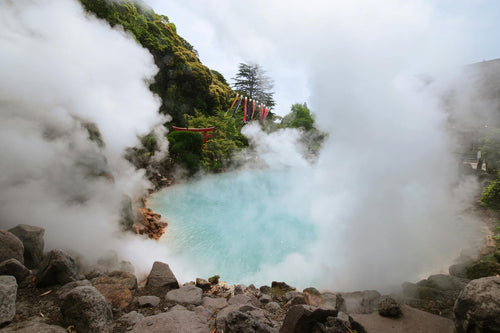
9 Best Hot Spring and Bathhouse in Tokyo
Tokyo is known for its vibrant urban energy, but it's also a fantastic place to relax and rejuvenate in hot springs (...
-
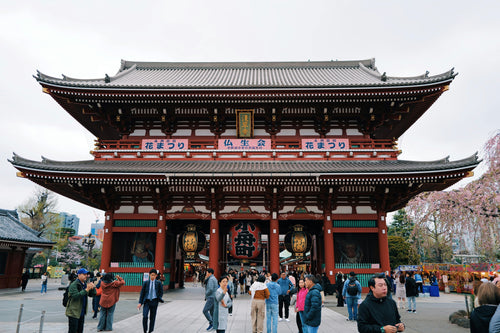
15 Famous Temples and Shrines to Visit near Tokyo
Tokyo and its surrounding areas are home to many famous temples and shrines that showcase Japan's rich spiritual and ...









































